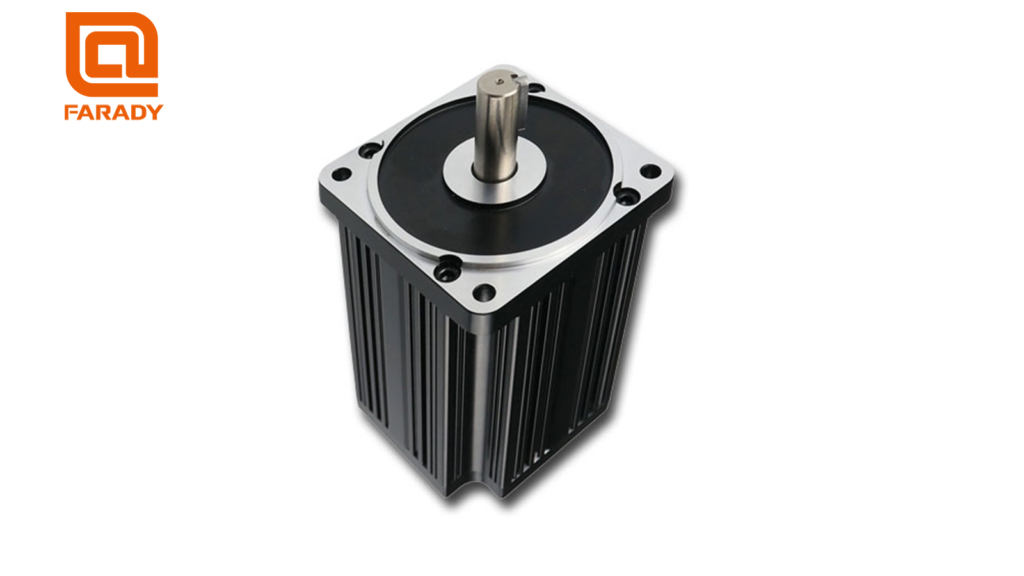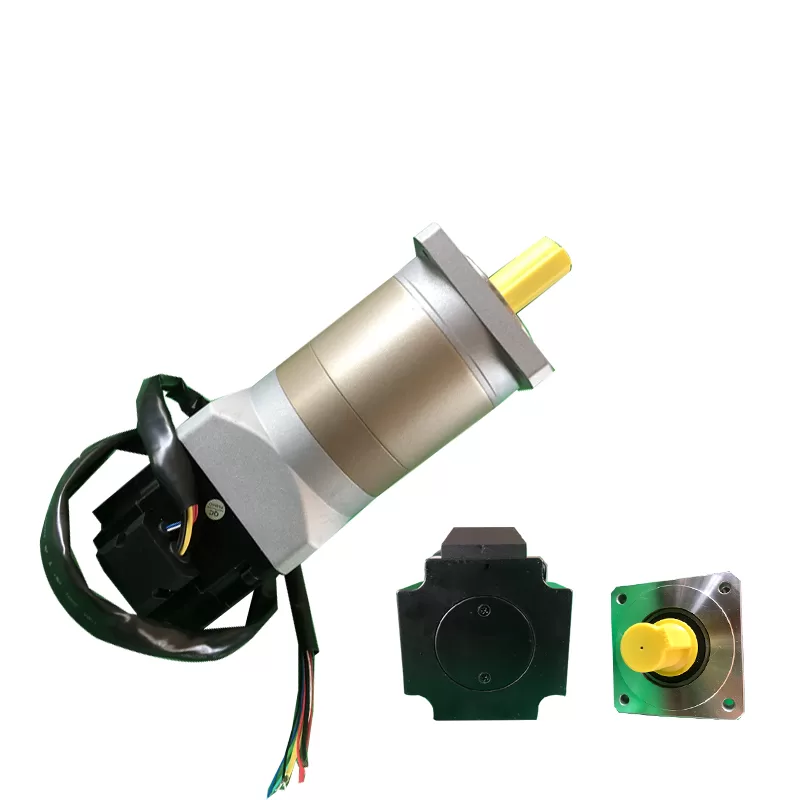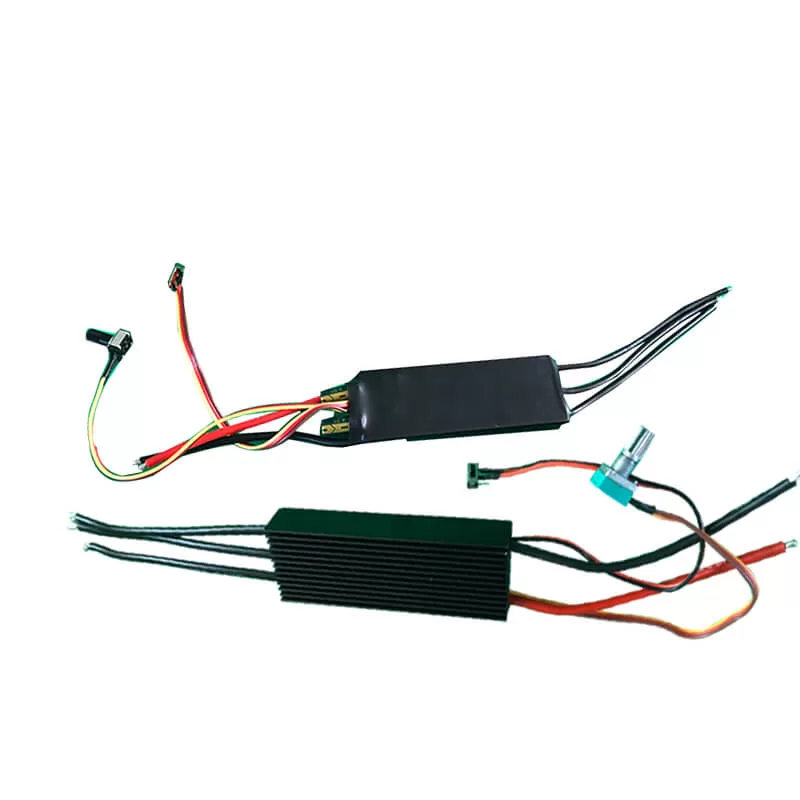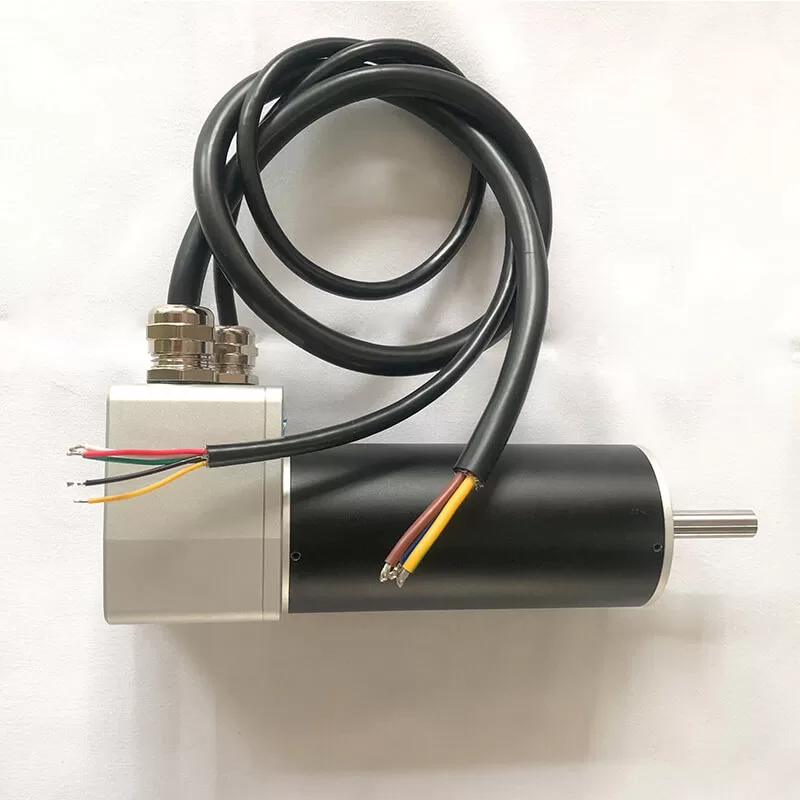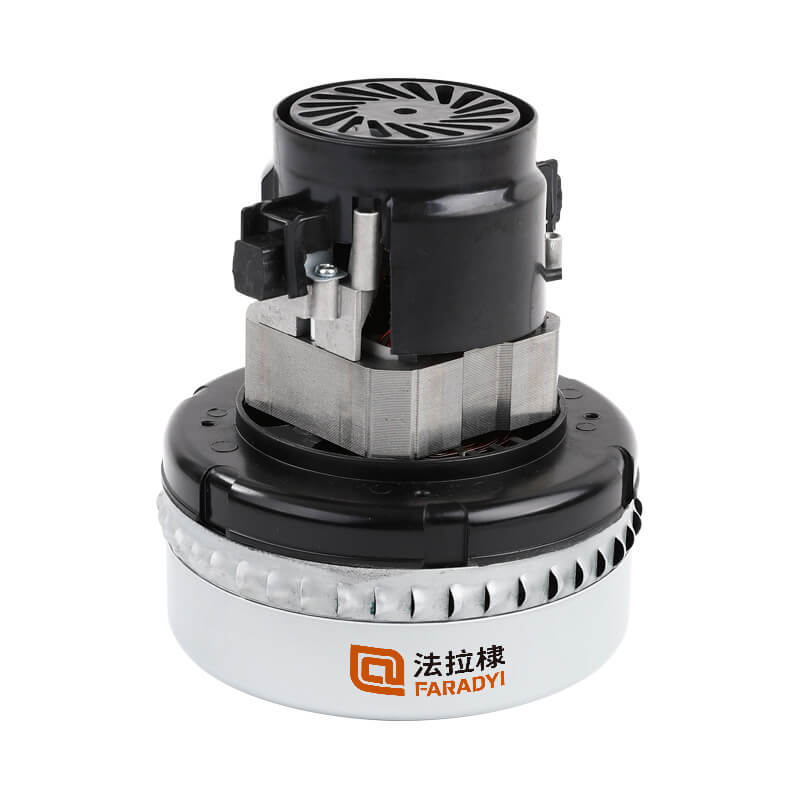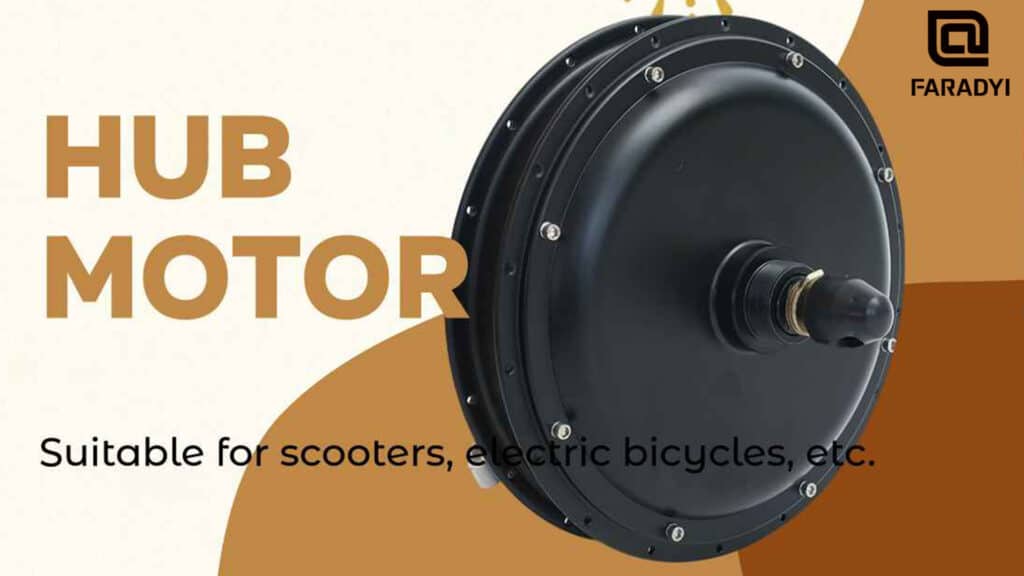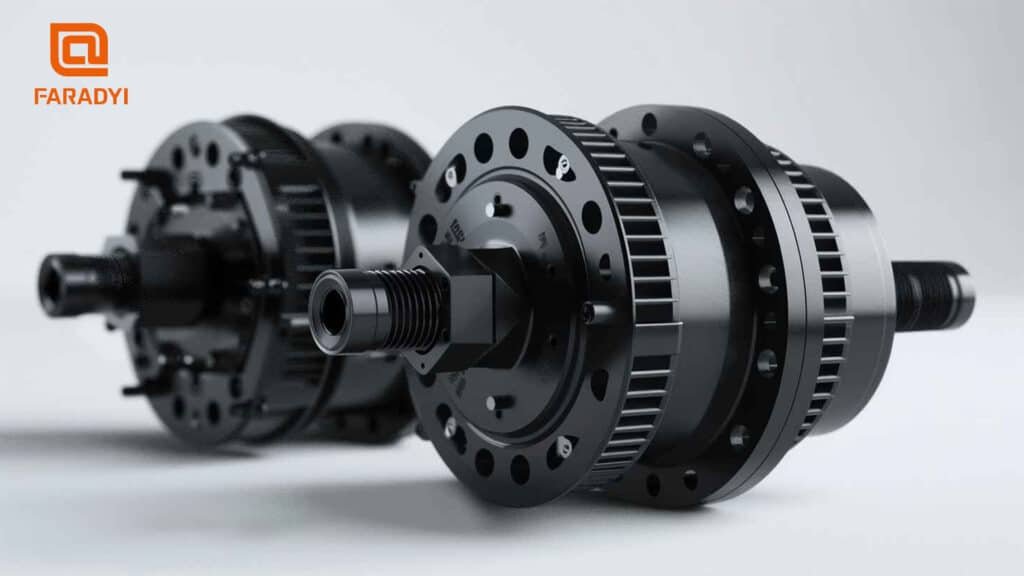Cet article fournit une introduction complète aux roulements de moteurs sans balais, en se concentrant sur les raisons de la surchauffe et les solutions efficaces.
I. Comprendre la surchauffe des roulements
De manière générale, la surchauffe des roulements fait référence à une température supérieure à 95°C pour les roulements et à 80°C pour les roulements lisses.
II. Causes et solutions à la surchauffe des roulements de moteurs sans balais
Cause: Une graisse lubrifiante inappropriée ou un mauvais entretien, comme une graisse de mauvaise qualité ou détériorée, ou une contamination par de la poussière et des impuretés, peuvent entraîner une surchauffe des roulements.
Solution: Ajustez la quantité de graisse lubrifiante en vous assurant qu'elle représente environ 1/2 à 2/3 du volume de la chambre du roulement. Nettoyer et remplacer la graisse inappropriée ou détériorée.
Cause: Installation incorrecte ou ajustement de tolérance trop serré/lâche entre les roulements.
Solution: Le bon fonctionnement des roulements dépend non seulement de la précision de fabrication du roulement, mais également des dimensions précises, de la forme, de la tolérance de position et de la rugosité de la surface de l'arbre et du trou avec lequel il interagit. Assurez-vous que l'ajustement entre la bague intérieure du roulement et l'arbre, ou entre la bague extérieure et le couvercle d'extrémité, n'est pas trop serré. Un assemblage correct garantit un jeu adéquat pour la rotation, évitant ainsi la surchauffe.
Cause: Couvercles latéraux ou couvercles de roulements mal assemblés des deux côtés du moteur sans balais.
Solution: Des couvercles latéraux ou des couvercles de roulement mal alignés ou mal ajustés peuvent faire dévier la bille de sa trajectoire, entraînant une surchauffe. Remontez les couvercles latéraux ou les couvercles de roulement en assurant une fixation uniforme et sûre.
Cause: Jeu axial insuffisant entre le couvercle de roulement extérieur et la bague extérieure du roulement dans le moteur sans balais.
Solution: Pour les moteurs de grande et moyenne taille, des roulements à billes sont généralement utilisés du côté de l'arbre non étendu. Pour le côté arbre étendu, des roulements à rouleaux sont utilisés, permettant au rotor de se dilater librement lorsqu'il est chauffé. Pour les petits moteurs utilisant des roulements à billes aux deux extrémités, maintenez un jeu approprié entre le couvercle extérieur du roulement et la bague extérieure du roulement. Si nécessaire, ajustez en retirant une petite partie du couvercle de roulement avant ou arrière ou en insérant un mince tampon de papier entre le couvercle de roulement et le couvercle d'extrémité pour assurer un jeu suffisant.
Cause: Installation incorrecte des roulements.
Solution: Des roulements mal installés avec une faible précision ou une déviation du roulement pendant la rotation peuvent générer un couple, provoquant une surchauffe. De plus, cela peut entraîner des vibrations, une augmentation du bruit et une augmentation de la température. Assurer une installation correcte des roulements pour maintenir la longévité et la précision de l’équipement hôte.
En conclusion, la sélection de roulements appropriés en fonction des exigences spécifiques des différents moteurs sans balais et des conditions de fonctionnement est cruciale pour éviter les problèmes de surchauffe.

